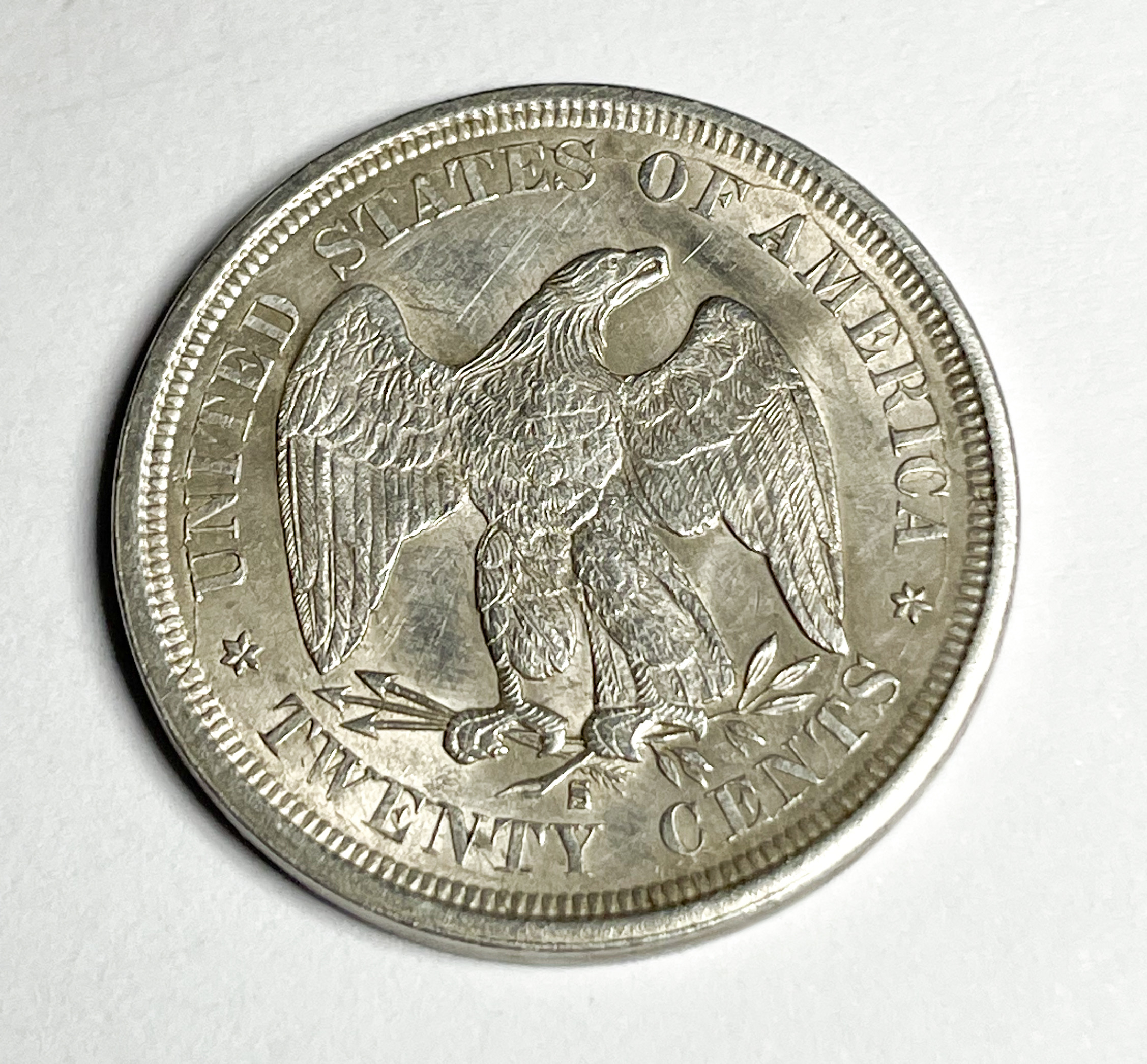Understanding Silver Coins: What You Have and What It’s Worth


Written by:
Dave Alpert, Owner & Appraiser – specializing in gold, diamonds, jewelry, coins and precious metals. Call to set up an appointment.
Silver coins are one of the most common items people bring in to have evaluated—but they’re also one of the most misunderstood. Some coins look old but aren’t valuable. Others seem ordinary but contain 90% silver and are worth more than you’d think.
At New England Diamond and Jewelry Buyers, we evaluate silver coins every day—U.S. and foreign, circulated and uncirculated, from pre-1965 coins to commemorative rounds and bullion. Whether you’ve inherited a box of coins or found a few tucked away in a drawer, this guide will help you understand what you might be holding—and what could make it valuable.
What Makes a Silver Coin Valuable?
Not all silver coins are equal in value. Some are valued strictly for their precious metal content, while others hold collectible or historical value beyond their silver weight.
Here’s what we look for when evaluating silver coins:
1. Silver Content (Purity)
Most U.S. coins minted before 1965 (like dimes, quarters, and half dollars) contain 90% silver. These are often referred to as “junk silver,” but don’t let the name fool you—they can be quite valuable based on weight and market price.
Bullion coins, such as American Silver Eagles, Maple Leafs, and Silver Krugerrands, typically contain .999 fine silver (99.9% pure) and are marked accordingly.
Foreign silver coins may vary widely in purity—from 40% to 92.5%—so we test them carefully during your evaluation.
2. Condition (Grading)
While silver content is important, condition can also affect value—especially with rare or collectible coins. Coins in uncirculated or mint condition may bring a premium over their melt value.
We check for signs of wear, damage, cleaning, and originality to determine if a coin is best valued as silver bullion or as a collectible.
3. Rarity and Demand
Some coins are worth significantly more than their silver weight due to scarcity or popularity with collectors. For example:
- Morgan Dollars from certain mints (like Carson City)
- Peace Dollars from low-mintage years
- Error coins, like double-strikes or off-center strikes
- Key-date coins in otherwise common series (e.g., 1916-D Mercury Dime)
If a coin is both rare and in excellent condition, it may fetch a strong price from collectors—even beyond what bullion buyers typically pay.
Common Silver Coins We See
U.S. 90% Silver Coins
- Dimes: Mercury (1916–1945) and Roosevelt (pre-1965)
- Quarters: Washington (pre-1965)
- Half Dollars: Walking Liberty, Franklin, and Kennedy (1964 only)
- Silver Dollars: Morgan and Peace dollars (1878–1935)
These are frequently bought and sold based on their melt value, though collectible examples exist in each category.
U.S. Bullion Coins
- American Silver Eagles (1986–present) – 1 oz of .999 fine silver
- Commemorative coins and proof sets with silver content
- America the Beautiful 5 oz rounds – large and highly collectible
Foreign Silver Coins
- Canadian Silver Dollars and Half Dollars (pre-1968)
- Mexican 10, 25, and 50 Peso coins
- British Half Crowns, Florins, and Shillings (pre-1947)
- Swiss, French, and German silver coins with various purities
- World War-era European silver coins, often collected for history as much as metal value
If you’re unsure about a coin’s origin or purity, we’ll test and explain everything in person—no guessing required.
Can You Test Silver Coins at Home?
You can try—but results are often unclear. Some people use a magnet (silver isn’t magnetic), listen for a “ping” sound, or perform an ice test. While those tricks can help rule out obvious fakes, they can’t tell you purity, weight, or collectible value.
That’s why we recommend a professional evaluation. We use:
- Calibrated scales
- Acid and electronic silver tests
- Knowledge of mintmarks, variants, and market demand
You’re always welcome to watch as we test and explain what we find.
What If My Coins Are Tarnished or Worn?
That’s completely fine. Tarnish doesn’t affect melt value, and worn coins are still evaluated based on weight and purity. In fact, we recommend not cleaning your coins, as over-polishing can reduce collectible value.
Just bring your coins in as-is—we’ll handle the rest.
Have a Coin Collection? Let Us Help You Sort It.
Many people walk in with boxes of mixed coins—some silver, some not. That’s perfectly normal. You don’t need to separate or research anything in advance. We’ll go through it with you and identify:
- Which coins contain silver
- What’s valuable and what isn’t
- Whether there’s collectible interest or just metal value
You’ll leave with clarity, and if you choose to sell, we offer immediate payment based on live silver pricing and collector demand.
Bring In Your Silver Coins for a Free Evaluation
Whether you have one coin or a full collection, we’ll take the time to explain exactly what you have and what it’s worth—without pressure to sell.
📍 Visit us in Newton or Uxbridge
📞 Call ahead if you’d like to ask about a specific coin
We buy all types of silver coins—U.S., foreign, rare, and bullion. Let’s find out what yours are worth.
